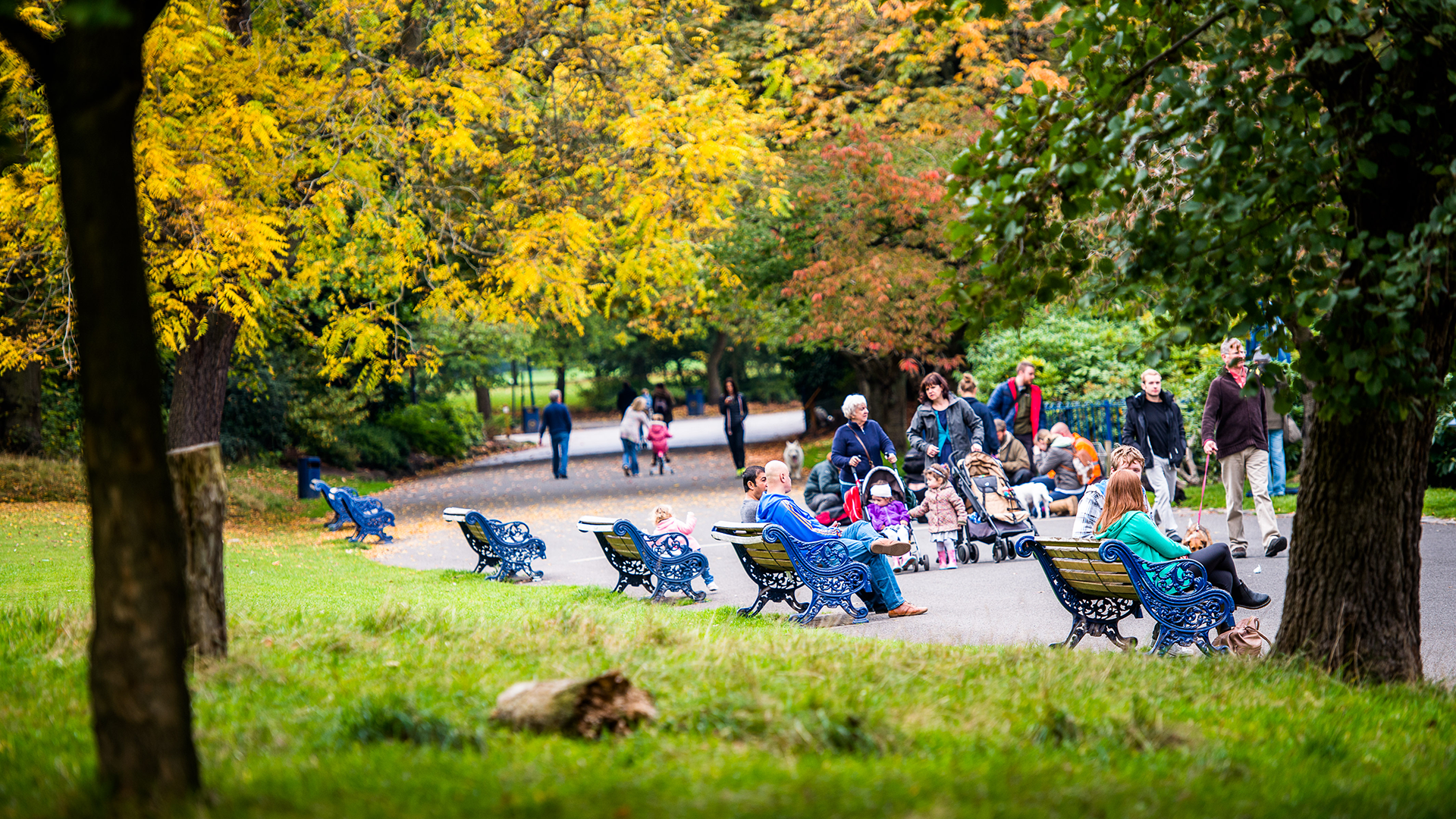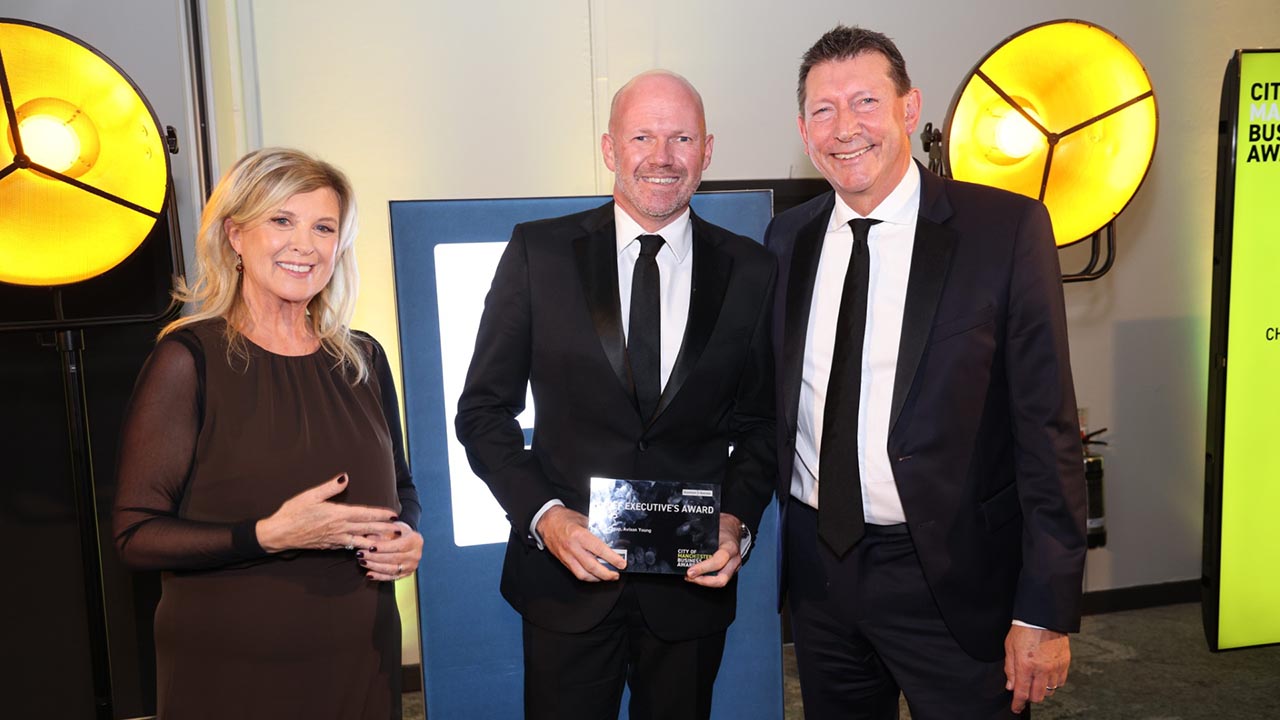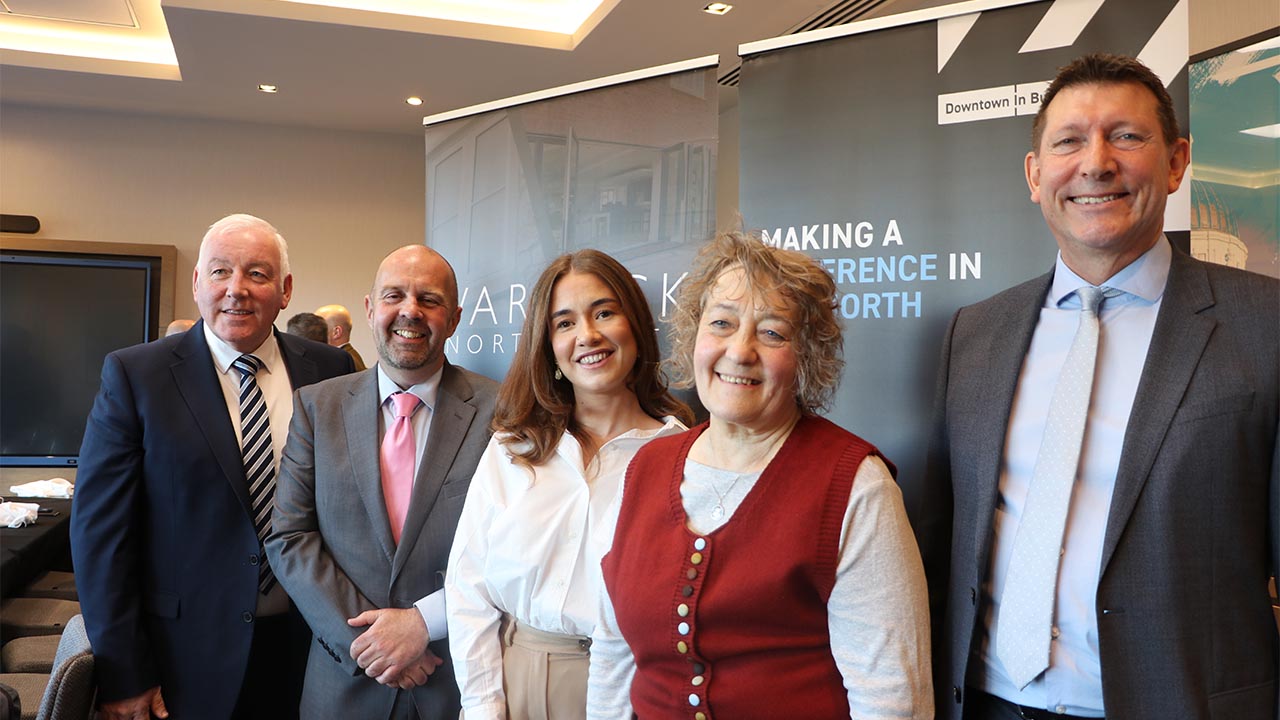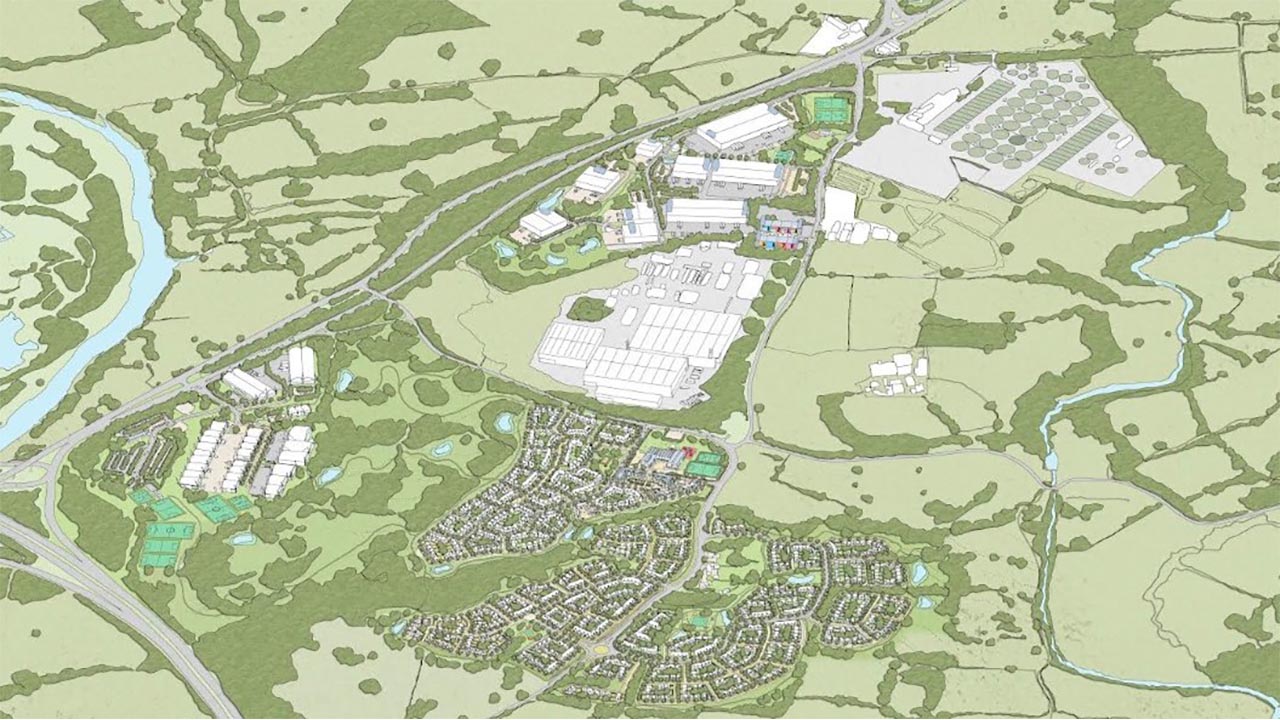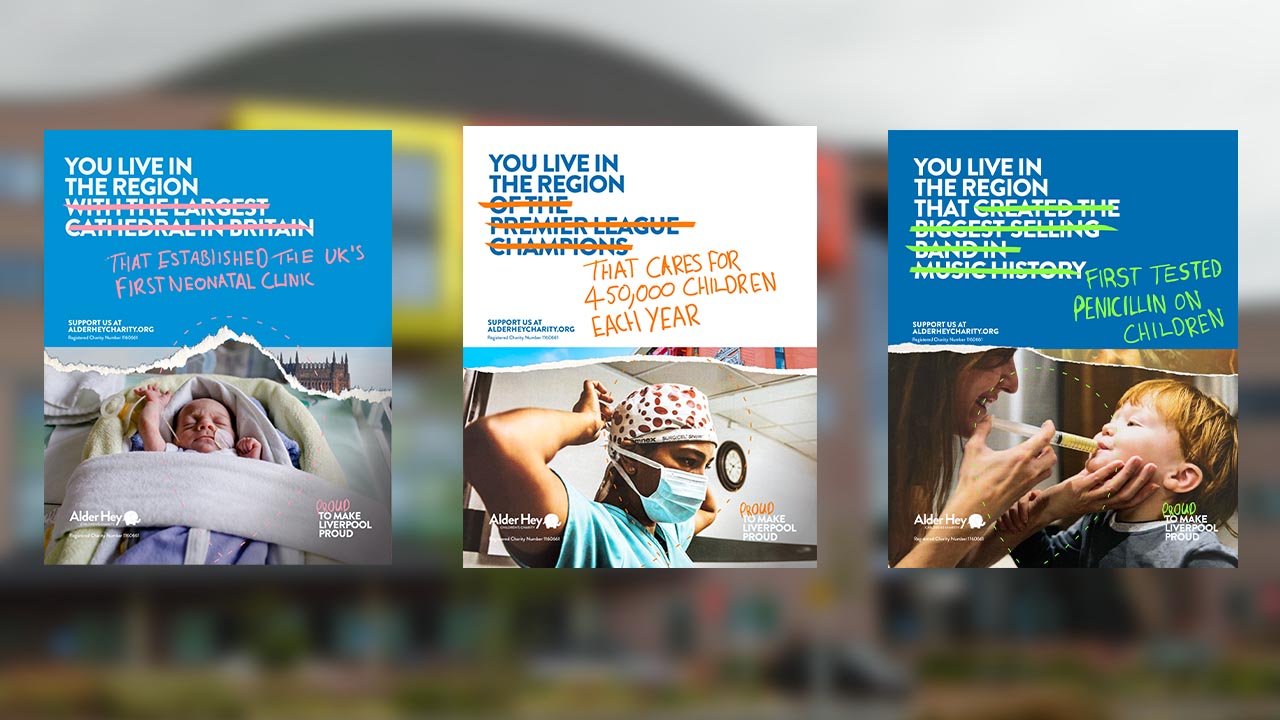The GDS-Index’s meticulous set of seventy-one criteria equips destinations to identify, measure, and action sustainability strategies and initiatives at source. The benchmarking ultimately brings together the city, DMO, and tourism service providers to ensure more effective economic, social, and environmental regeneration through the tourism and events sector.
Championing this regeneration are Marketing Liverpool, Liverpool City Council, the Liverpool City Region Combined Authority, and the Liverpool Convention Bureau.
Councillor Dan Barrington, Liverpool City Council’s Cabinet Member for Climate Emergency, Transport and Environment, said, “I’m delighted that Liverpool is adopting the GDS-Index 2021 to inform and shape our path to becoming a carbon net zero city. The city’s tourism and events sector has boomed in the past 15 years and by measuring and analysing its footprint, we can identify new ways of working which will have a huge impact on creating a more inclusive and sustainable economy. I look forward to working with partners on this exciting programme and using the data to make Liverpool a better city all round – for our citizens, our visitors, and the planet.”
The city is already bursting with regenerative projects, with positive changes in business and behaviour emerging from the events sector, broader industry, and society.
Wildflower power is blossoming thanks to Head North for Beauty and the Liverpool City Region Community Environment Fund. School children and residents transformed 10 derelict sites into buzzing, colourful meadows filled with local flowers. The delightful new urban regeneration trail reaches from Litherland in Sefton to Everton in North Liverpool.
Adding to the city’s built environment is the newly-completed Spine building; a climate-conscious workspace with a strong focus on sustainability and well-being. Its eco-credentials include communal, low-carbon heating, and biophilic design principals like natural lighting and oxygenating indoor plants. There is also an onsite charging station for electric vehicles.
Investment into carbon literacy training from the Carbon Literate Communities project[3] lets adults sharpen up their carbon knowledge in a free and accredited training programme. The city has a consciously sustainable food scene. Chefs buy from local farmers and customers vote with their feet by flocking to eateries that actively reduce food waste and offer healthier menus.
From a mobility perspective the inner city is walkable, with e-bikes, bicycles, and new cycle lanes coming forward all the time. With participation and presence as powerful drivers in this increasingly popular destination, “this is a journey the whole city is taking together,” said Jenny Jensen, Head of Business Tourism for Liverpool City Council. “Going through the GDS-Index submission process, we realise we’re doing so much but need to bring it all together and we are hopeful that the auditing and benchmarking process of the GDS-Index will help identify areas we are performing well in, and also areas for improvement which will then help shape our policy development in future.”
Liverpool was not only the first to initiate its 2030 Hub modelled on the UN Local2030 Hub[4], it is the fifth most-visited UK destination for international visitors; 4th-most for domestic visitors, making its stakes in regenerative tourism significant. Guy Bigwood, Chief Changemaker at the GDS-Movement had this to say, “the GDS-Movement is delighted to welcome Liverpool as a key city to the GDS Index – the 1st in England, and 3rd in the UK. The GDS-Index benchmarking data provides excellent guidelines for tailoring strategies to meet targets that can lead to social, environmental, and economic regeneration. Having witnessed the commitment in Liverpool to respectful and regenerative practice, we are certain that their inspiring examples can motivate other UK destinations to scale up and speed up their sustainability strategies.”

